African Garden Tips: Boost Your Garden’s Health with These Expert Tricks
Creating a beautiful and thriving garden in Africa comes with its own unique opportunities and challenges. Whether you’re aiming to cultivate vibrant flowers or lush greenery, understanding the climate and soil conditions can make all the difference.
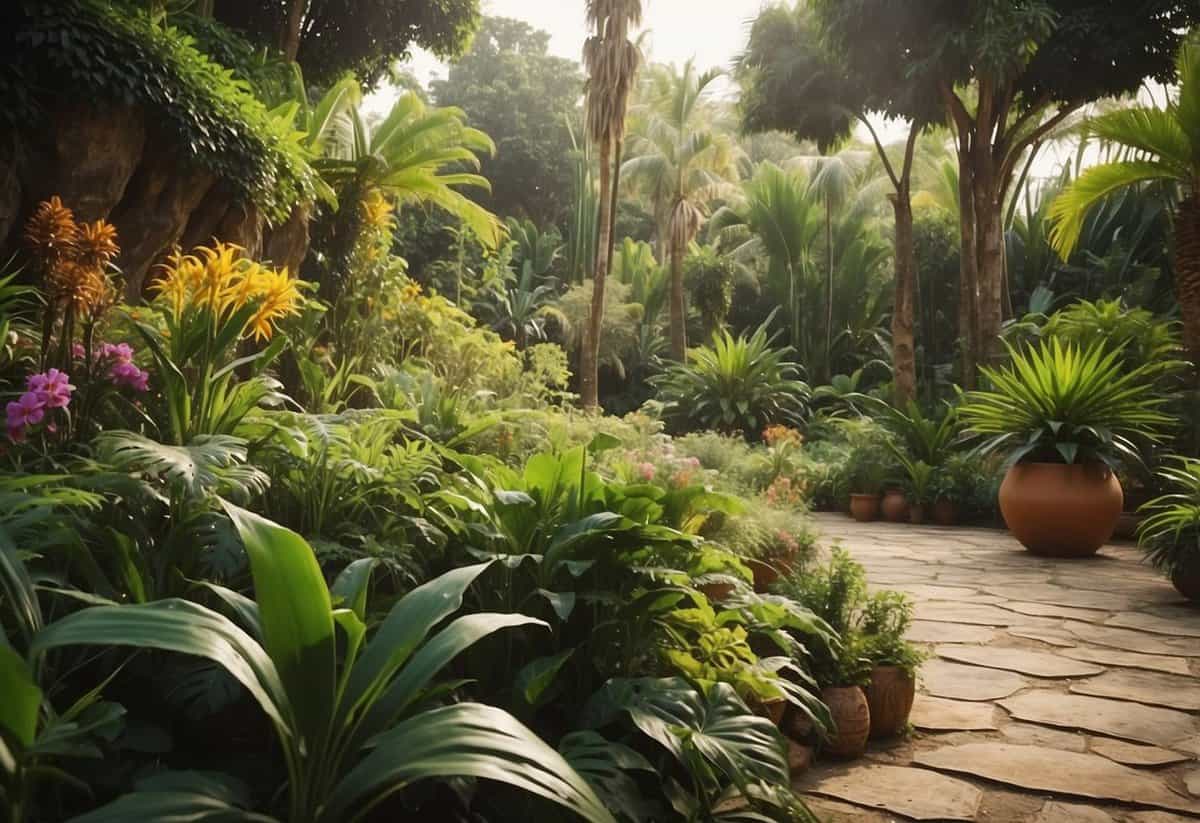
Why is gardening in Africa special? The continent’s diverse climates, ranging from arid deserts to tropical rainforests, provide a rich variety of plant life. With the right tips and tricks, you can transform any outdoor space into a stunning oasis.
1) Plant indigenous species

Using indigenous plants in your garden is a great way to support local ecosystems. These plants are already suited to your region’s climate and soil.
Indigenous plants need less water and less care than exotic species. This makes them perfect for a sustainable garden.
Learn more about incorporating indigenous plants in your garden from this landscaping guide.
Creating a garden with native plants helps preserve the natural beauty and ecological balance of your area.
2) Practice drip irrigation
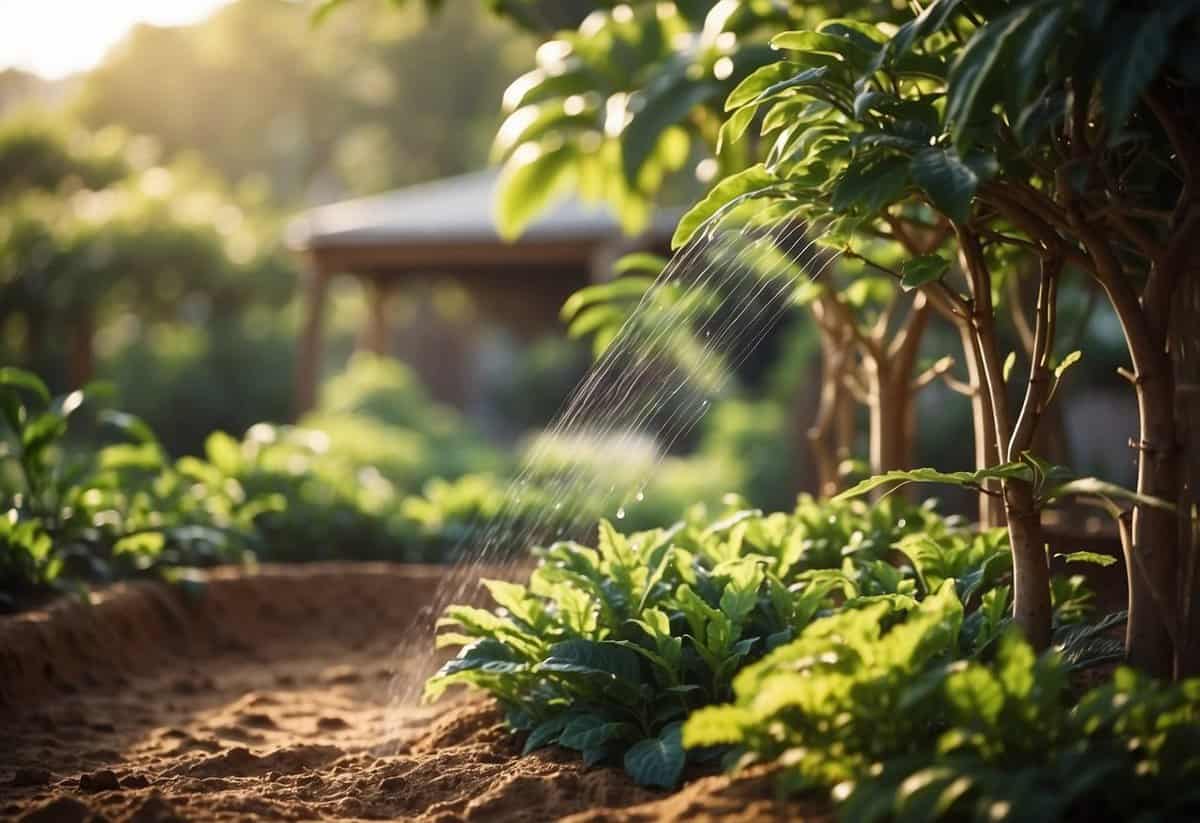
Drip irrigation is a smart way to water your garden in Africa. It saves water and keeps your plants happy.
This system slowly drips water directly to the roots, reducing waste. You can set it up easily using tubes and emitters.
In South Africa, a basic drip irrigation system for 1 hectare can cost between R30,000 to R60,000.
Switching to drip irrigation can help you combat water scarcity and keep your garden thriving.
3) Use Organic Mulch
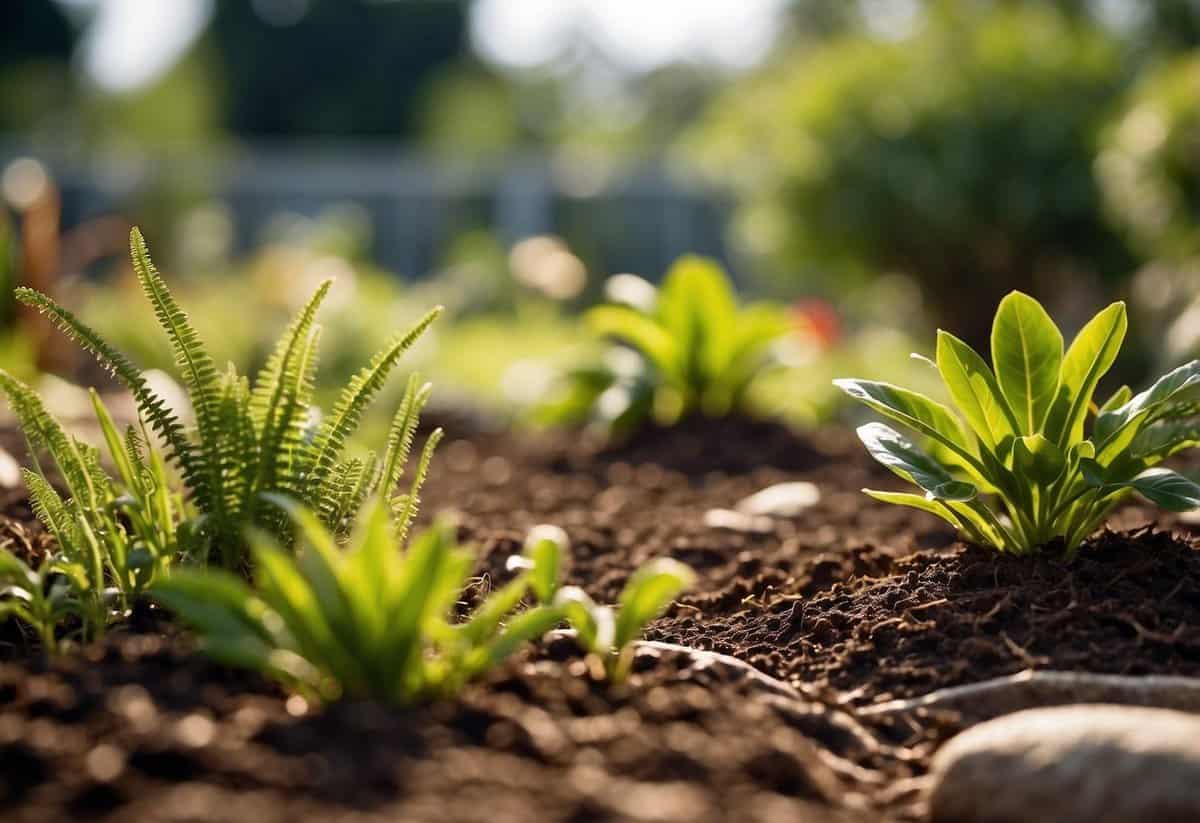
Organic mulch is great for your garden. It protects soil, keeps moisture in, and adds nutrients as it breaks down.
Spread a 2 to 4-inch layer around your plants. Avoid piling it against stems to prevent rot.
Consider using compost, as it not only mulches but also enriches soil texture and suppresses weeds.
Water your mulch lightly to help it settle and start its magic.
Learn more about the benefits of organic mulch here.
4) Grow African Daisies

African daisies are beautiful and easy to grow. They love full sun, so pick a spot that gets at least 6-8 hours of sunlight each day.
Make sure to plant them in well-draining soil. They can handle different soil types but prefer slightly acidic to neutral pH.
Water your African daisies regularly when they are first planted. Once they are established, they only need about 1-2 inches of water per week.
5) Construct Raised Beds
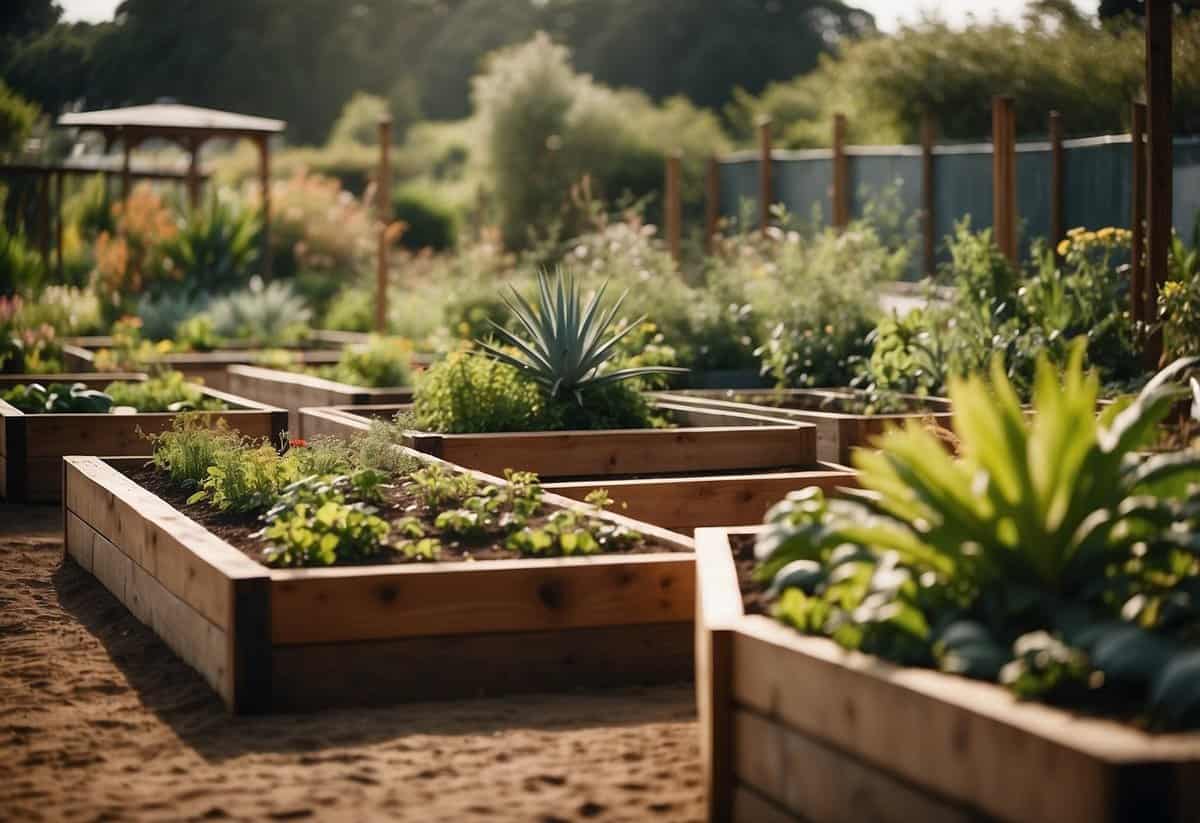
Start by picking a sunny spot in your garden. Think about accessibility and drainage.
Next, decide the size and shape. Keep it small enough to reach the center easily.
Remove grass or weeds from the area.
Use untreated wood to build the walls. Planks or wooden posts work well.
Secure the corners with screws or nails.
Fill the bed with quality soil. Now you’re ready to plant!
6) Compost kitchen scraps

Composting kitchen scraps is a great way to reduce waste and boost your garden’s health. You can use scraps like fruit peels, vegetable ends, and coffee grounds.
Start by collecting these scraps in a small bucket. Composting them directly in your garden improves soil structure and fertility. It also keeps the soil moist and helps control weeds.
Trench composting is an easy method. Just dig a small trench, put in your scraps, and cover them with soil. This method is simple and doesn’t take much space.
For more tips on composting, check out these composting tips for South African gardens.
7) Rotate crops annually

Rotating your crops each year in your African garden can keep soil healthy and productive. Changing the location of plants helps break pest and disease cycles. Different crops take and give different nutrients, so rotation helps balance soil fertility.
For a simple rotation plan, move crops to new rows each year. For example, you can follow a pattern like moving Plot One to Plot Three, Plot Three to Plot Two, and Plot Two to Plot One (Garden Tips).
Try growing crops from different families in rotation. This keeps the soil enriched and reduces the risk of soil depletion (Modern Farmer).
8) Plant Drought-Resistant Plants

Choosing drought-resistant plants can save you time and water. These plants thrive in low-water conditions, making them perfect for African climates.
One great option is the Strelitzia Reginae, also known as the Bird of Paradise. It needs minimal watering once established.
Consider planting Russian sage. It does well in full sun and is a magnet for pollinators.
Another option is the resilient Spekboom. It can survive in tough conditions and is easy to care for.
9) Incorporate Companion Planting
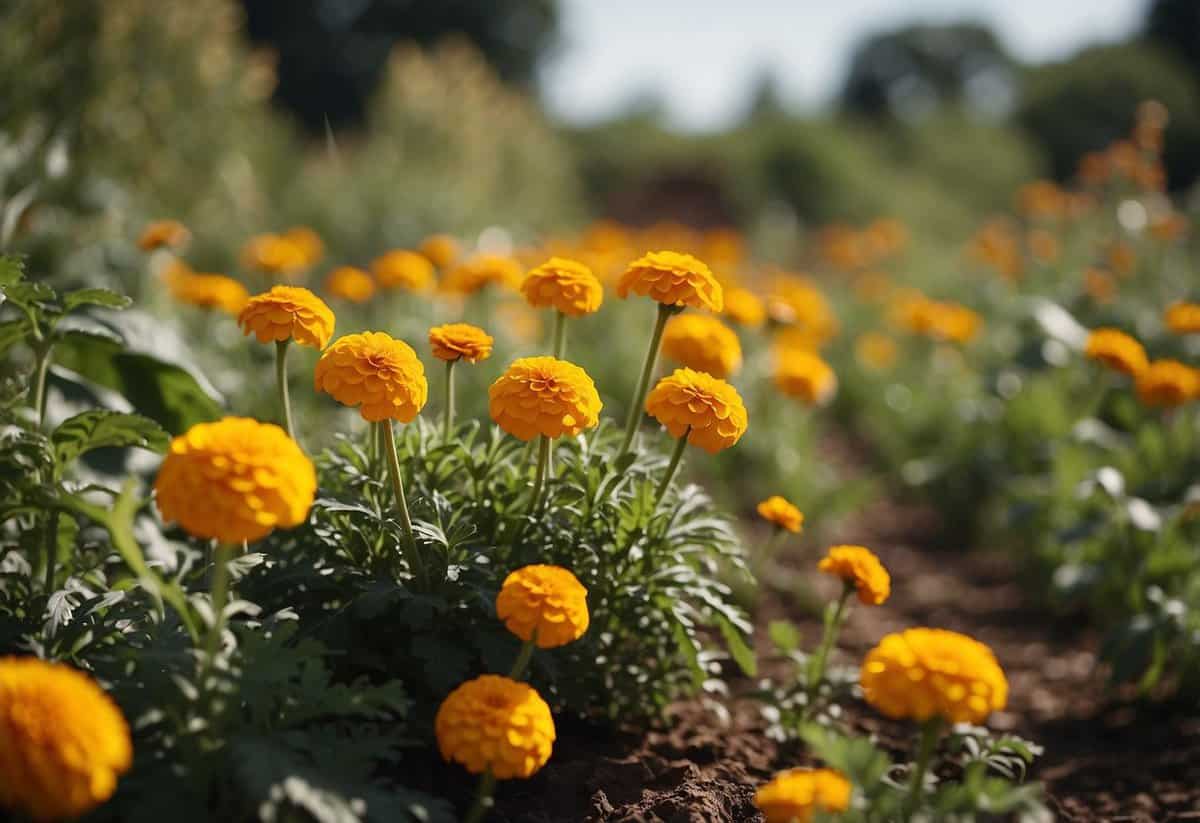
Companion planting can make your garden healthier and more productive.
Grow garlic beside your potatoes. Garlic has sulfur, which helps protect potatoes from pests like aphids. This natural insecticide can keep your garden safe without chemicals.
Consider planting peppers with pigweed. Pigweed improves soil by drawing up nutrients from deep in the ground, helping your peppers grow strong.
You can reduce the need for pesticides and fertilizers by utilizing beneficial plant pairs. For more details, check out this guide to successful companion planting.
10) Use neem oil for pests

Neem oil is a great option to keep pests away from your garden.
To use neem oil, start by testing it on a small area of one plant. Spray a little and wait 24 hours to make sure it doesn’t harm your plant.
When you’re ready, spray neem oil all over your plants, especially on the undersides of leaves.
Apply neem oil at dusk or early in the morning to avoid burning the leaves.
For a soil drench, mix neem oil with water and soak the soil around your plants. This helps to fend off pests and diseases from the roots.
Learn more about neem oil application at Epic Gardening.
Understanding African Soil Types

In Africa, recognizing and improving soil types is essential for successful gardening. Different soil types have unique characteristics; knowing how to enhance them will help your plants thrive.
Identifying Common Soil Varieties
You will find several soil types in Africa, each with its own benefits and challenges. Sandy soil is common in coastal areas. It drains quickly and warms up fast, but it lacks nutrients and holds water poorly. Loamy soil is often considered the best for gardening because it has a good balance of sand, silt, and clay, making it fertile and well-draining. Clay soil is rich in minerals but can be heavy and hard to work with. It holds water well but can become compacted and waterlogged.
Identifying your soil type is the first step. To do this, use a simple jar test. Fill a jar with soil and water, shake it well, and let it sit. The soil will settle into layers, with sand on the bottom, silt in the middle, and clay on top. This will help you see the composition of your soil.
How to Improve Soil Quality
Once you know your soil type, there are several ways to enhance its quality. For sandy soil, add organic matter like compost or manure to help retain moisture and provide nutrients. Mulching can also help to reduce water loss.
Loamy soil is ideal but still benefits from regular additions of compost to maintain fertility. Ensure you keep the soil well-aerated by turning it regularly.
Improving clay soil involves adding organic matter to enhance drainage and reduce compaction. You can also incorporate gypsum to help break up the clay particles. Avoid working with clay soil when it’s wet, as this can make compaction worse.
Regular soil testing will help you monitor and adjust the pH levels and nutrient content as needed. This ensures your soil remains healthy and productive for your plants.
Choosing the Right Plants

Selecting the right plants for your African garden requires considering both the native species adapted to the climate and the appropriate timing for planting.
Native African Plants Best Suited for Your Garden
Native plants are adapted to the local environment, making them easier to maintain and more resilient. Aloe Vera is a great choice due to its drought tolerance and medicinal benefits. Plumbago, with its bright blue flowers, attracts pollinators and adds vibrant color.
African Daisies are another excellent option for their beautiful blooms and minimal care requirements. For taller plants, consider Speargrass which thrives in hot, dry conditions. Strelitzia or Bird of Paradise is also a remarkable addition due to its exotic flowers and low water needs.
Benefits of Native Plants:
- Drought-resistant
- Support local wildlife
- Fewer pest problems
Seasonal Planting Guide
Understanding the planting seasons is crucial to ensure your garden thrives. In Africa, the warmer months are ideal for planting most species. Spring (September to November) is perfect for sowing seeds and transplanting young plants. This season suits fast-growing vegetables like lettuce and cucumbers.
Summer (December to February) can be harsh, so focus on heat-tolerant plants like sweet potatoes and eggplants. During the cooler Autumn (March to May), root vegetables such as carrots and beets do well. Winter (June to August) is suitable for hardy plants like kale and cauliflower.
Seasonal Planting Tips:
- Plant heat-tolerant species in summer
- Focus on root vegetables in autumn
- Utilize cooler months for hardy greens
Watering Techniques

When it comes to watering your African garden, adopting efficient methods can ensure your plants thrive, especially in dry climates. Utilizing rainwater harvesting also plays a crucial role in maintaining a healthy garden.
Efficient Watering Methods for Dry Climates
In dry climates, conserving water is essential. One effective technique is drip irrigation. This system delivers water directly to the roots, reducing evaporation and waste. You can set it up with a timer for precise watering schedules.
Mulching is another helpful method. By covering the soil with organic materials like straw or wood chips, you retain moisture and protect the soil from drying out. This technique also reduces the frequency of watering needed.
Watering in the early morning or late evening helps minimize evaporation. During these times, the cooler temperatures and calm winds mean more water gets to your plants.
Utilizing Rainwater Harvesting
Collecting rainwater is a sustainable way to water your garden. Use rain barrels to catch runoff from your roof. Placing screens over the barrel openings can keep debris and insects out.
You can attach a soaker hose to your rain barrels for efficient watering. Let the collected rainwater slowly seep into the soil, directly at the roots.
Position your barrels strategically to catch the most water. Areas near downspouts are ideal. Make sure your barrels are elevated for better water pressure.







